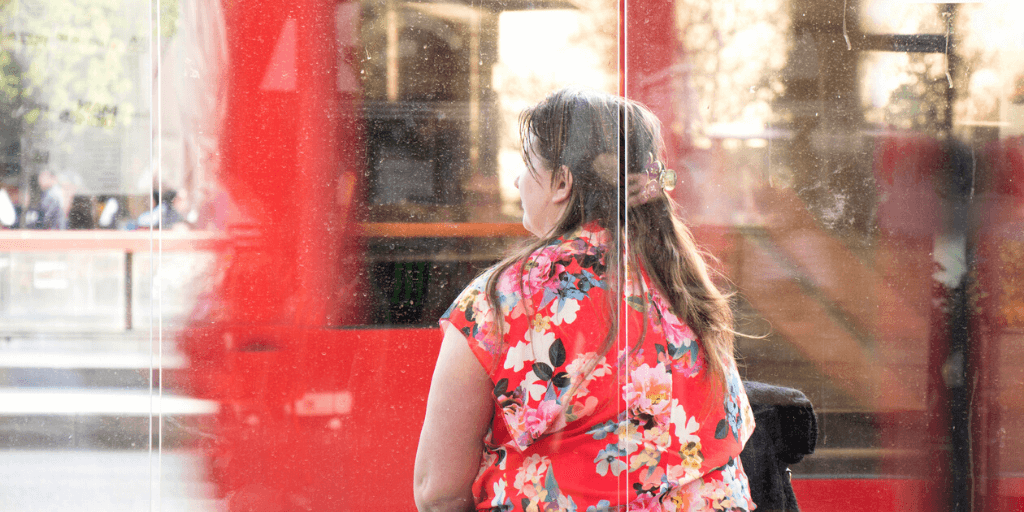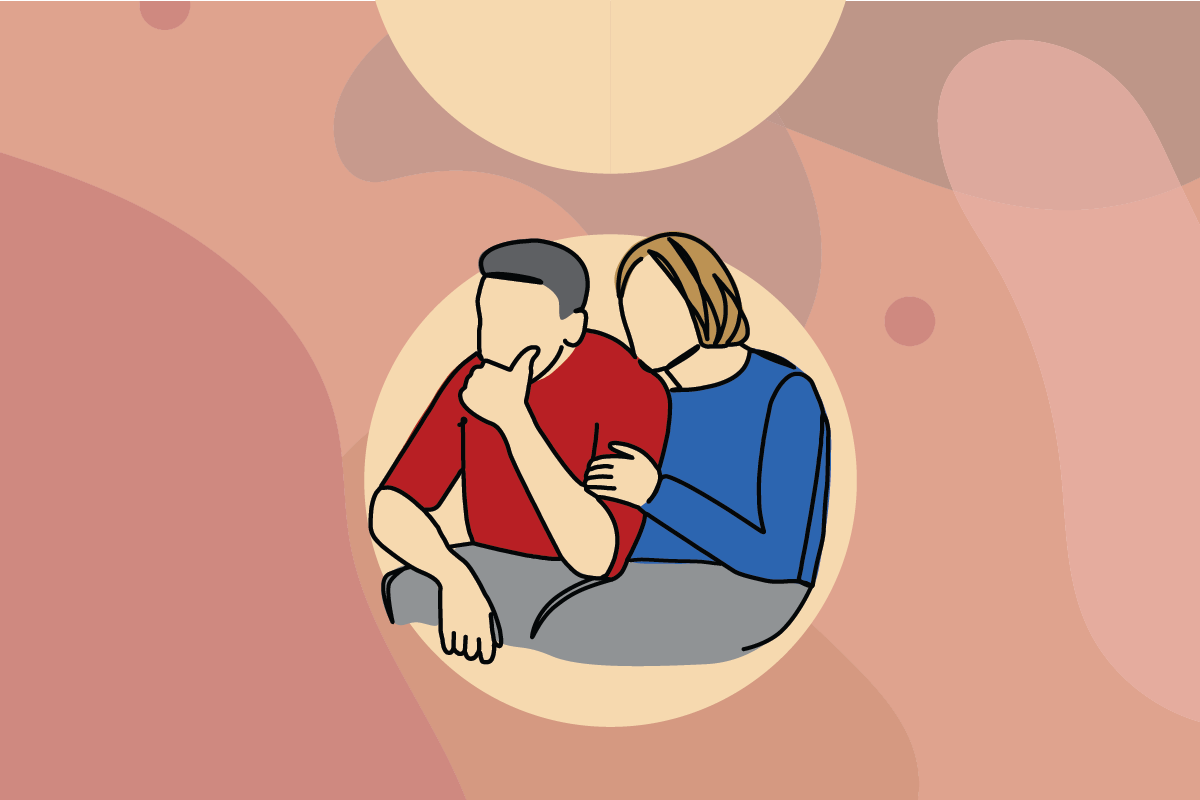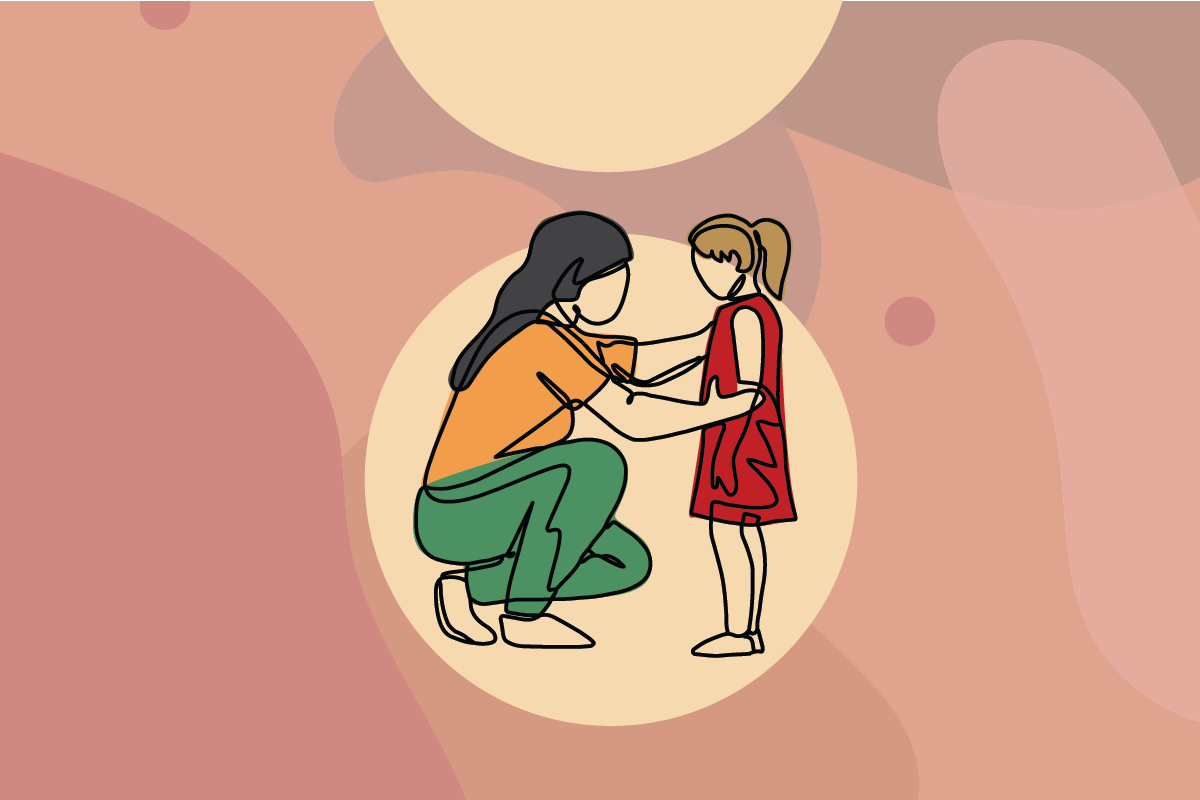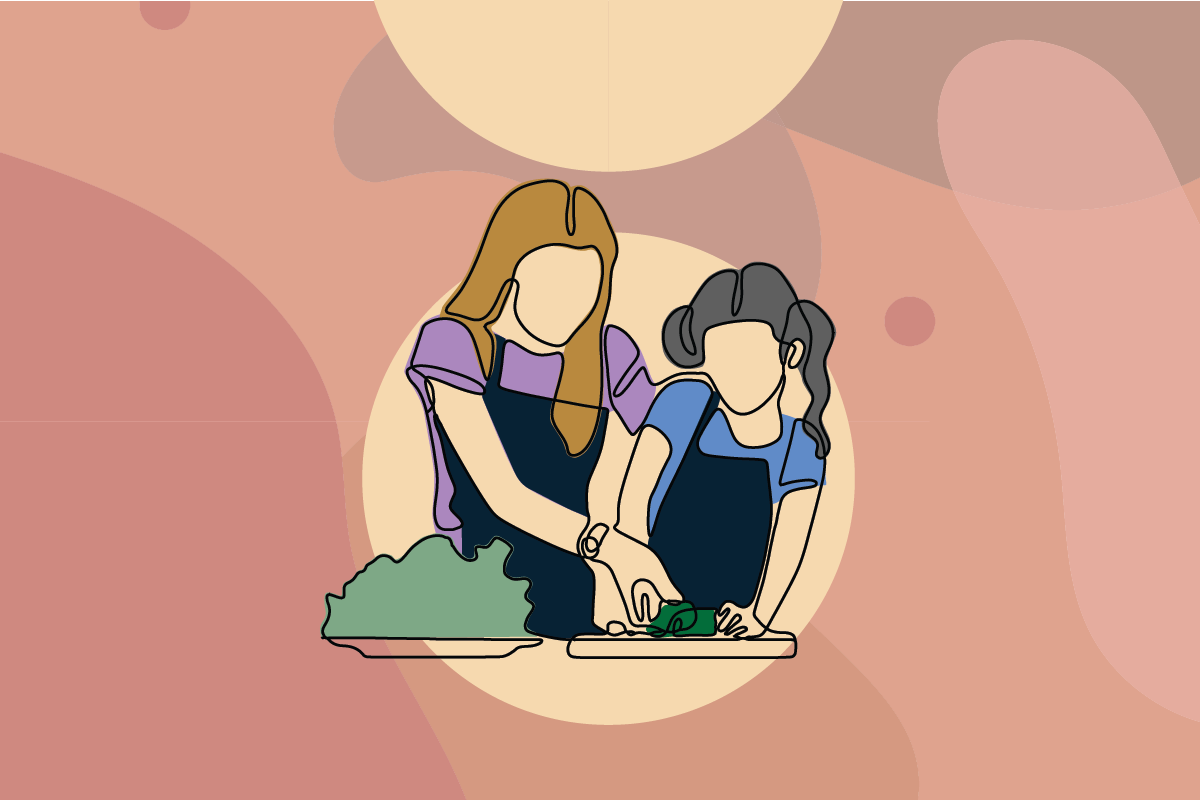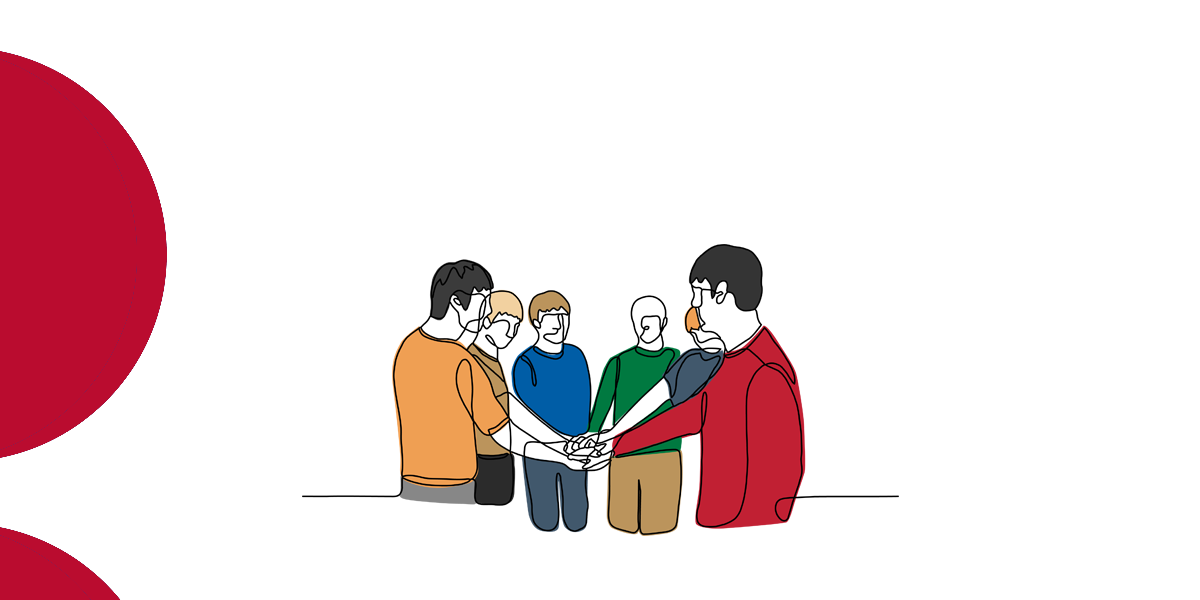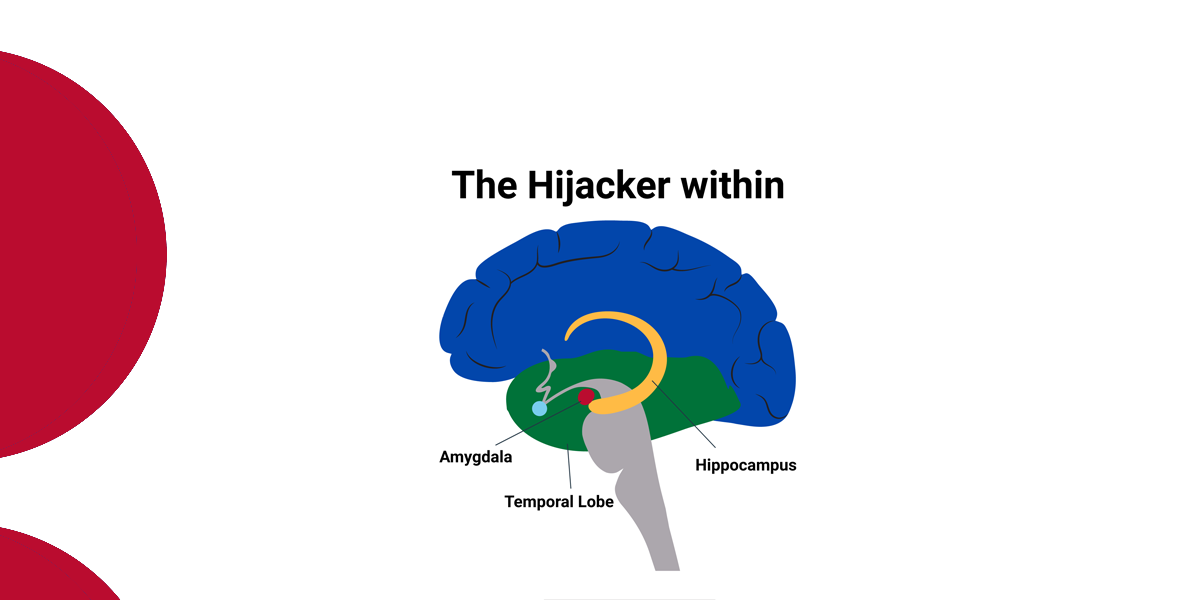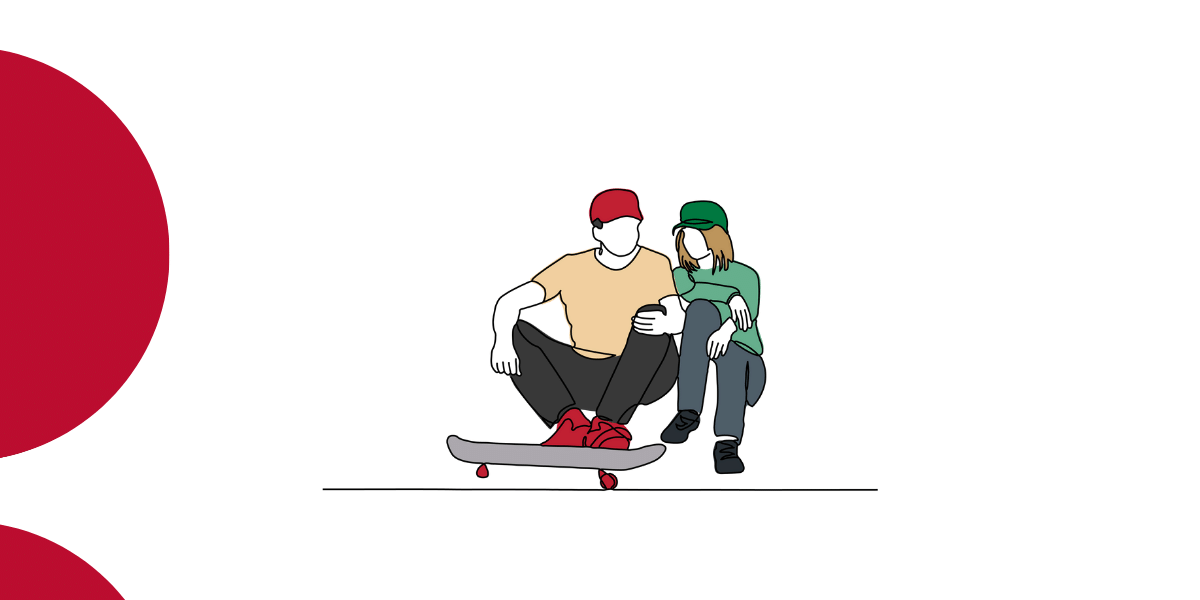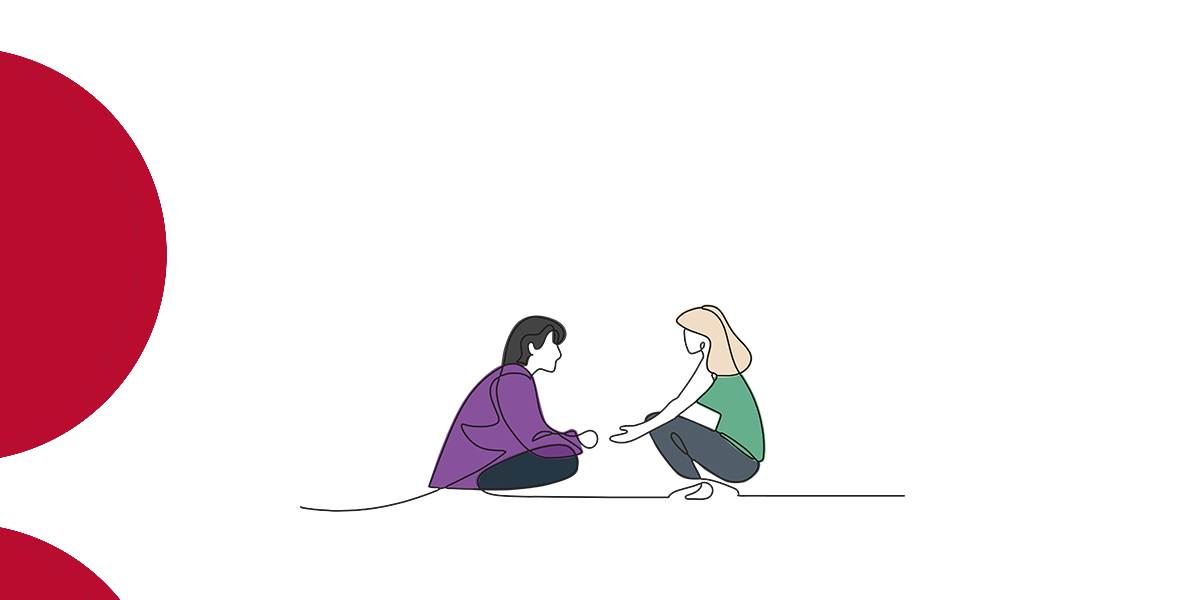What are the needs of Aboriginal and Torres Strait Islander children and young people in care? Research brief
Download PDFAug 2020
Written by Kathomi Gatwiri Lynne McPherson Nadine Cameron Natalie Parmenter
Indigenous children and young people face unique challenges in the child welfare system. The dimensions of this problem are complex and multifaceted. Providing culturally safe and traumainformed therapeutic care to Indigenous young people in out of home care recognises that the trauma that they have experienced is exacerbated by their Indigeneity, due to the colonial histories presenting. Trauma-informed and culturally safe interventions can play a significant role in Indigenous children and young people’s health and wellbeing while in care. Their experiences of abuse and neglect transcend individual trauma and include intergenerational pain and suffering resulting from long-lasting impacts of colonisation, displacement from culture and country, genocidal policies, racism and the overall systemic disadvantage. As such, a therapeutic response, embedded within Indigenous cultural frameworks and knowledge of trauma, is necessary and aims to acknowledge the intersectionality between the needs of Indigenous children and young people in care and their complex systemic disadvantage.
This Research Brief is drawn from our systematic scoping review of literature currently published in the journal of Trauma, Violence and Abuse which sought to investigate what the needs of Indigenous children and young people in residential care across the world (Gatwiri et al. 2019). It outlines some key messages from research on the needs of Indigenous children and young people in care globally. Whilst in this brief there is a strong focus on Aboriginal and Torres Strait Islander children and young people, we have considered international literature reporting on Indigenous children and young people in care globally. We acknowledge that terminologies defining Aboriginality and Indigeneity vary in different spaces and are contextual. In Australia, the commonly accepted term is “Aboriginal and Torres Strait Islander”, while “First Nation” is used in Canada, and “Native” is used in both North and South America. This exemplifies the array of diversity in discussion. In this brief, some of these terms will be used unambiguously to reflect specific context but generally, the term “Indigenous” will be used broadly to reflect the diversity across different contexts while “Aboriginal and Torres Strait Islander” will be used specifically for the Australian context.
This briefing will seek to address two questions:
- How can knowledge of history and trauma help us to understand the needs of Indigenous children and young people?
- What are the needs of Aboriginal and Torres Strait Islander children and young people in care?
We start by acknowledging that it is not possible to talk about or discuss the current issues affecting Indigenous children in care without looking at the context in which these issues exist. As the Bringing Them Home report by the Human Rights and Equal Opportunity Commission reminds us, “The histories we trace are complex and pervasive… the actions of the past resonate in the present and will continue to do so in the future [because] the laws, policies and practices which separated Indigenous children from their families have contributed directly to the alienation of Indigenous societies today” (1997, pg. 4). Approaches and policies aimed towards protecting Indigenous children and young people need to acknowledge the intersectionality between the needs of Indigenous children in care and the complex systemic disadvantage that is perpetuated by both historical and current contexts.





